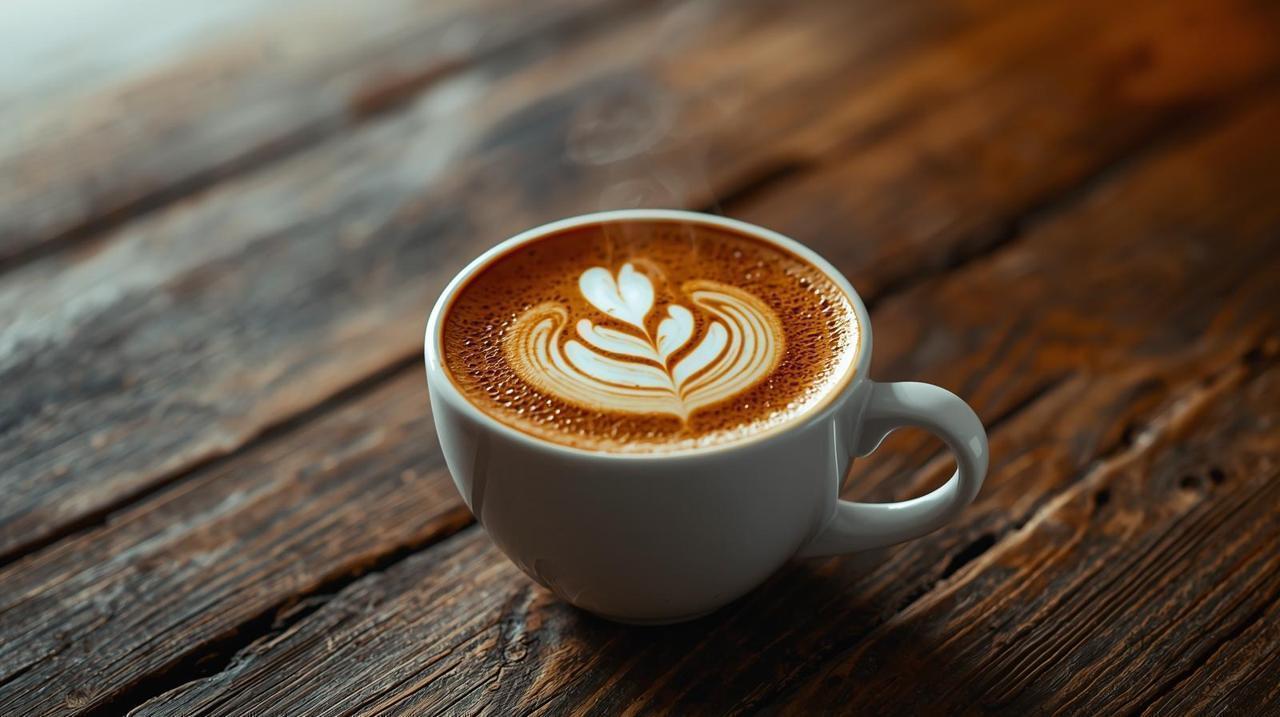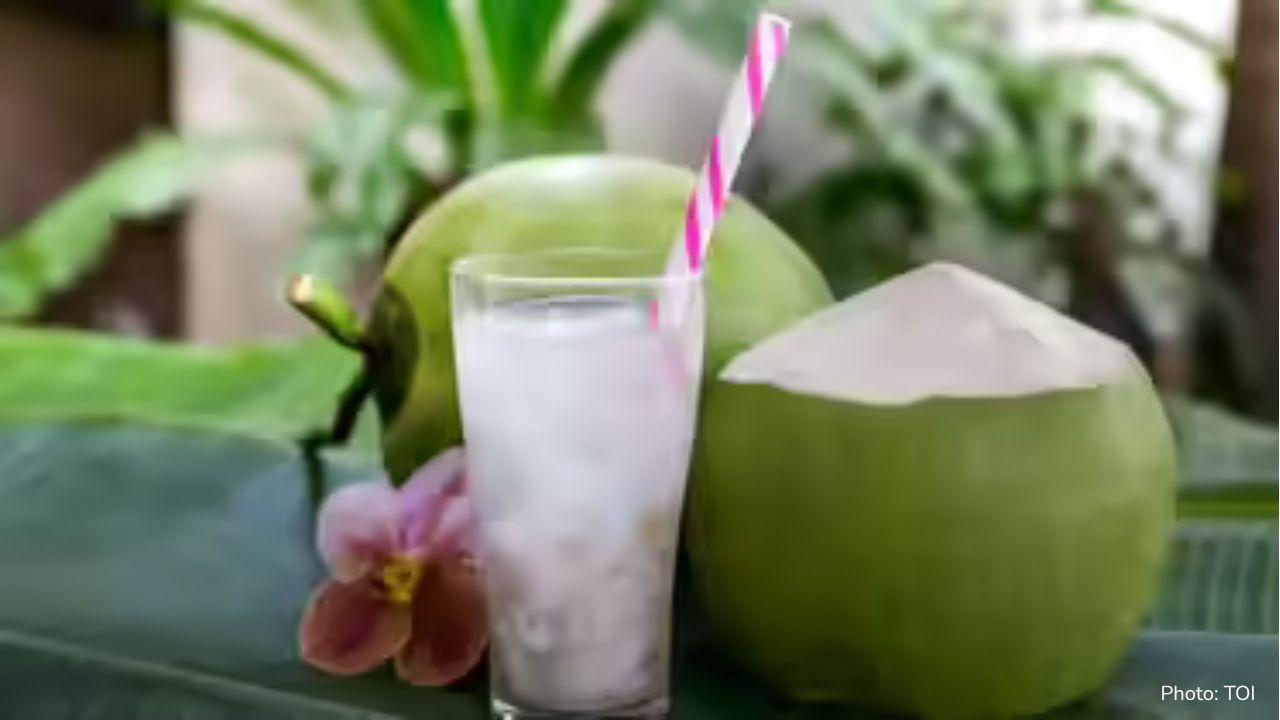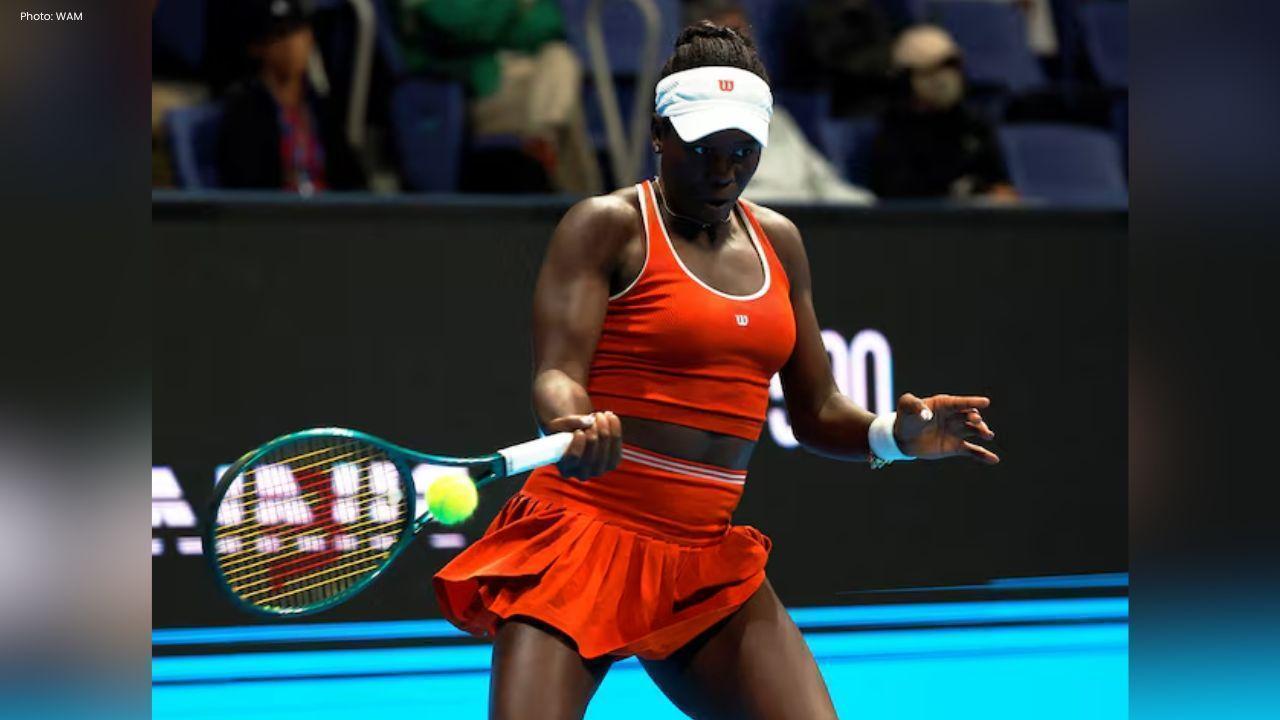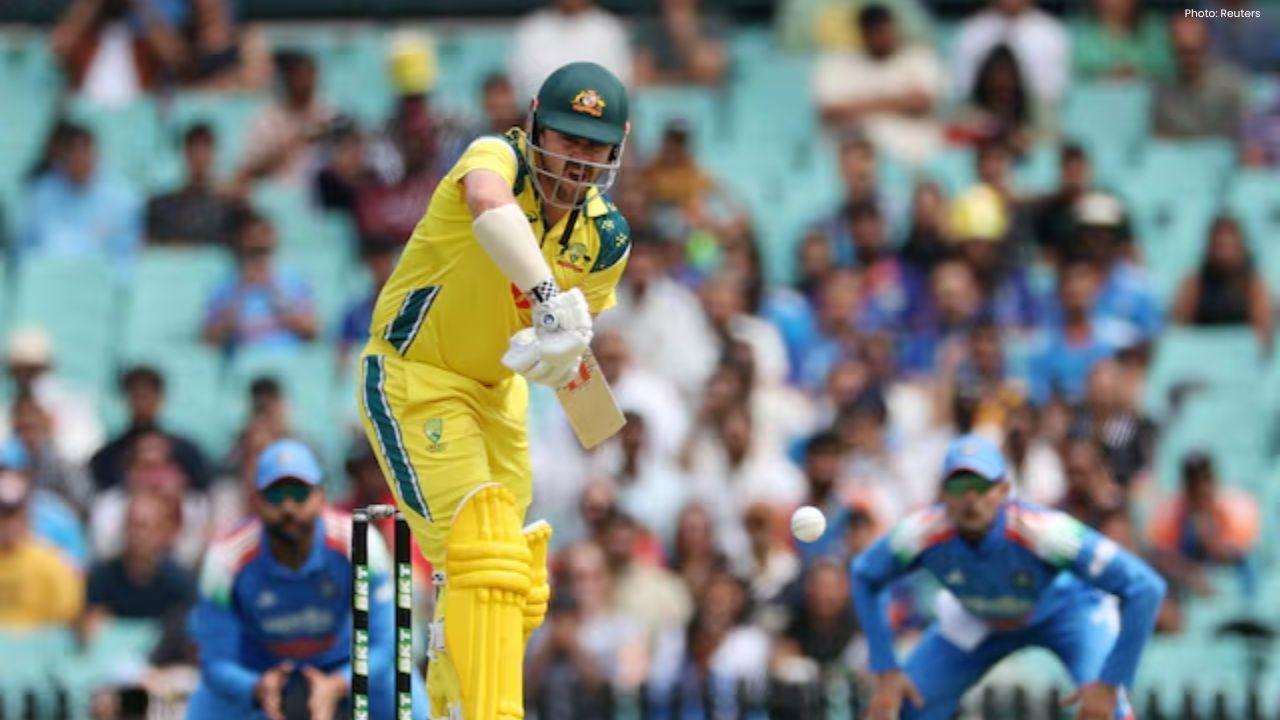
Post by : Sami Al-Rahmani
Every brewing method asks for a specific grind. Even top-quality beans and fresh roasts can underperform when the particle size doesn’t suit the equipment. Use the right grind and you’ll extract clearer, more balanced flavors; use the wrong one and the cup can end up flat, sour, or overly bitter.
Understanding how grind size affects extraction helps you make consistent, repeatable coffee at home or in the office. This guide outlines common grind grades and which brewing techniques they pair best with.
Extraction is driven by contact between water and coffee surface area. Grind size controls that surface area and therefore the rate at which soluble compounds dissolve into the brew.
Finer grinds present more surface area, so they extract quickly.
Coarser grinds expose less surface area and extract more slowly.
If the grind is too fine for the method, expect over-extraction and bitterness. If it’s too coarse, the result will be weak and under-extracted. The objective is a grind that balances speed of extraction with taste clarity.
Below are the typical grind ranges and the methods that benefit from each.
Looks like: Large crystals, similar to sea salt or peppercorns
Best for: Cold brew, cowboy coffee
Extra coarse particles are suited to long contact times. For cold brew, which steeps for many hours, a very coarse grind reduces the risk of over-extraction and produces a smooth, low-acidity concentrate.
Pro tip: If the final cold brew lacks body, try a slightly finer grind next time.
Looks like: Coarse salt
Best for: French press, percolator, cupping
Large particles perform well where grounds remain immersed for several minutes. Coarse grinds make pressing and filtering easier and help keep the cup full-bodied without excessive fines clouding the brew.
Tip: For a French press, aim to steep about 4–5 minutes to reach balanced extraction.
Looks like: Rough beach sand
Best for: Chemex, clever dripper, some manual pour systems
This size works well for devices combining immersion and filtration. In a Chemex, medium-coarse grounds help regulate flow for clear, sweet cups with good body.
Tip: If your Chemex brew is sour, try a finer grind; if bitter, go coarser.
Looks like: Regular sand
Best for: Drip coffee makers, siphon brewers, AeroPress with longer brew
Medium grind is versatile and commonly sold pre-ground. It typically delivers balanced extraction in automatic brewers and is a reliable choice when you want a dependable everyday cup.
Tip: Use medium grind as a baseline if you’re unsure where to start.
Looks like: Table salt
Best for: Pour-over (Hario V60, Kalita Wave), AeroPress with short steep
This grind lets water pass through at a steady rate while extracting sufficient flavor and aroma. It offers control for pour-over techniques where pour pattern and timing are important.
Tip: Pour slowly and evenly to ensure uniform extraction.
Looks like: Powdered sugar
Best for: Espresso machine, Moka pot, AeroPress under pressure
Fine grounds are essential for high-pressure extraction. They allow quick, concentrated flavor release in a 25–30 second espresso shot. Too coarse and the shot will be weak; too fine and it may extract bitter compounds.
Tip: Target a 25–28 second shot time for balanced espresso.
Looks like: Flour
Best for: Turkish coffee
Extra-fine powder is used when grounds are boiled with the water. The outcome is an intense, full-bodied beverage with sediment; it’s traditional and highly aromatic.
Tip: Allow the grounds to settle rather than filtering Turkish coffee.
Consistent grind size starts with the right equipment.
Burr grinders (manual or electric) produce even particle sizes and offer precise adjustment.
Blade grinders cut beans unevenly, which can lead to mixed extraction and inconsistent taste.
For repeatable, quality results invest in a burr grinder when possible.
Ground coffee loses aroma and flavor faster than whole beans. Follow these simple storage rules:
Keep grounds in an airtight container away from heat, light and moisture.
Use within two weeks for the best taste.
Grind just before brewing when possible for the freshest cup.
If a cup isn’t right, the grind is often the simplest factor to adjust.
| Problem | Likely Cause | Fix |
|---|---|---|
| Bitter or burnt taste | Grind is too fine | Use a coarser setting |
| Weak or watery | Grind is too coarse | Grind finer |
| Sour taste | Under-extraction | Lengthen brew time or grind finer |
| Sludge or cloudy brew | Excess fines | Switch to a burr grinder or improve filtration |
Adjusting grind size is one of the most effective ways to improve your everyday coffee. Each brewing method benefits from a predictable particle size; once you match grind to method, the cup becomes more consistent and enjoyable.
Next time you prepare coffee, consider the grind first. A small change in particle size can yield a noticeably better brew.










Zohran Mamdani Elected New York City Mayor; Victory Celebration Features Bollywood Hit
Zohran Mamdani wins NYC mayoralty, the city's first Muslim and South Asian mayor; victory rally even

Nita Ambani Cheers India’s Women’s World Cup Triumph
Nita Ambani celebrated India’s Women’s World Cup win with grace and elegance, cheering proudly in st

Victoria Mboko Wins Montreal and Hong Kong Titles
Teen tennis star Victoria Mboko wins Montreal and Hong Kong titles, defeating Grand Slam champions a

Suns Defeat Spurs 130–118, Booker Leads with 28 Points
Devin Booker scored 28 points and 13 assists as the Phoenix Suns ended the San Antonio Spurs’ unbeat

Wolves Remove Coach Pereira After Poor Premier League Run
Wolverhampton have dismissed manager Vitor Pereira after failing to win any of their first ten Premi

Travis Head Leaves T20 Squad For Ashes Preparation
Australia’s Travis Head leaves T20 series against India to join Sheffield Shield for red-ball practi